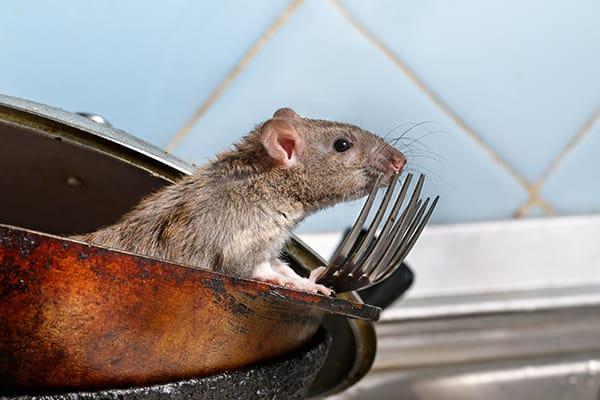Smart Pest Monitoring for Large Venues: Vital for Effective Management
Share
Introduction to Smart Pest Monitoring for Large Venues
In the ever-evolving landscape of technology, the adoption of smart pest monitoring for large venues has become crucial for effective management. This technological advancement is reshaping how we perceive and implement pest control strategies, especially in environments prone to infestations due to size and complexity. Whether you are managing a sprawling warehouse, a bustling food processing plant, or a vibrant event venue, understanding the significance of smart pest monitoring systems is key to maintaining a safe and hygienic environment.

Understanding Smart Pest Monitoring Systems
Smart pest monitoring harnesses the power of advanced technology to track, control, and mitigate pest issues in real-time. Unlike traditional methods, these systems provide continuous surveillance, reduce human error, and offer data-driven insights for timely interventions. Imagine a network of sensors and traps communicating wirelessly to alert you of potential pest threats. This is the future of pest management, a vital resource in maintaining the integrity of large venues.
The Importance of Pest Control in Large Venues
The stakes are high when it comes to managing pests in expansive locations. Venues like warehouses, manufacturing units, and hospitality centers cannot afford pest-related disruptions. Not only do pests pose significant health risks, but they also threaten the operational flow and safety of stored goods and services. Implementing effective pest management strategies, including smart systems, is imperative to safeguard public health and uphold industry standards.
For instance, in the context of manufacturing warehouses, smart pest monitoring systems help in early detection and action. This is crucial for preventing any form of contamination that could affect product quality. Similarly, fast food outlets find value in implementing smart traps that ensure a clean and pest-free environment, promoting consumer trust and satisfaction.
The Role of Technology in Modern Pest Management
Technological innovation in pest control brings with it the benefits of precision, efficiency, and sustainability. Smart pest monitoring systems use sensors, IoT devices, and AI-driven analytics to provide detailed reports and forecasts on pest activities. This approach not only enhances efficiency but also allows for the strategic allocation of resources.
Consider AI-powered rodent detection systems in cafes. These systems ensure timely alerts, minimizing disruption to service and maintaining cleanliness. Similarly, AI-based commercial pest control solutions enable businesses to focus on strategy rather than reactive measures.
Advantages of Smart Pest Monitoring Systems
The benefits of employing smart pest monitoring systems are manifold. These systems offer continuous environmental monitoring, predictive analytics for potential risks, and a reduction in pesticide use, aligning with sustainable practices.
Continuous Monitoring
One of the primary advantages is the ability to maintain a constant check on the premises. Systems employ a range of sensors that detect and record pest activities in real-time. Information is then relayed to central systems for analysis and action, significantly reducing potential infestations.
Predictive Analytics
Smart systems are capable of analyzing patterns and predicting future outbreaks. This proactive approach ensures that actions are taken before pest issues spiral out of control, saving time and resources.
Implementing Smart Pest Solutions
Deployment of these solutions involves a strategic approach where businesses assess their specific needs and areas prone to infestations. Understanding the layout and nature of the venue is of paramount importance to implement the most cost-effective solution. Collaboration with experts who specialize in system integration for large venues ensures the long-term success of pest management efforts.
For insight into specific sector needs, such as logistics, visit this resource.
FAQs on Smart Pest Monitoring for Large Venues
How does smart pest monitoring work?
Smart pest monitoring systems use a combination of sensors, IoT devices, and software analytics to track, report, and control pest activities in real-time.
Is it more cost-effective than traditional methods?
Though initial setup costs can be higher, smart systems prove to be more cost-effective in the long run due to reduced maintenance, fewer pest outbreaks, and less use of pesticides.

Can smart pest systems integrate with existing infrastructure?
Yes, most systems are designed to integrate seamlessly with existing infrastructures, providing flexibility in implementation across various venue types.
This article contains affiliate links. We may earn a commission at no extra cost to you.
